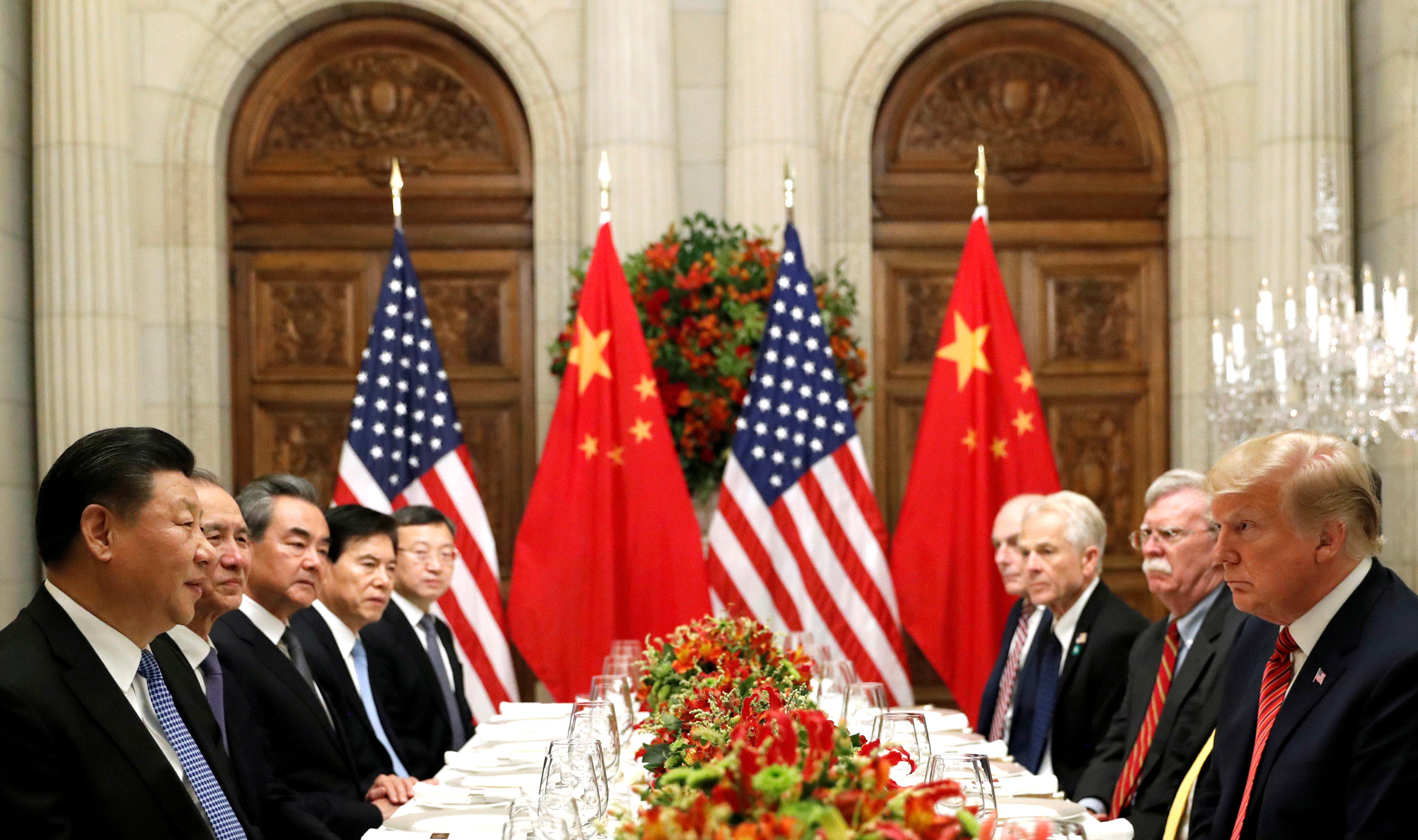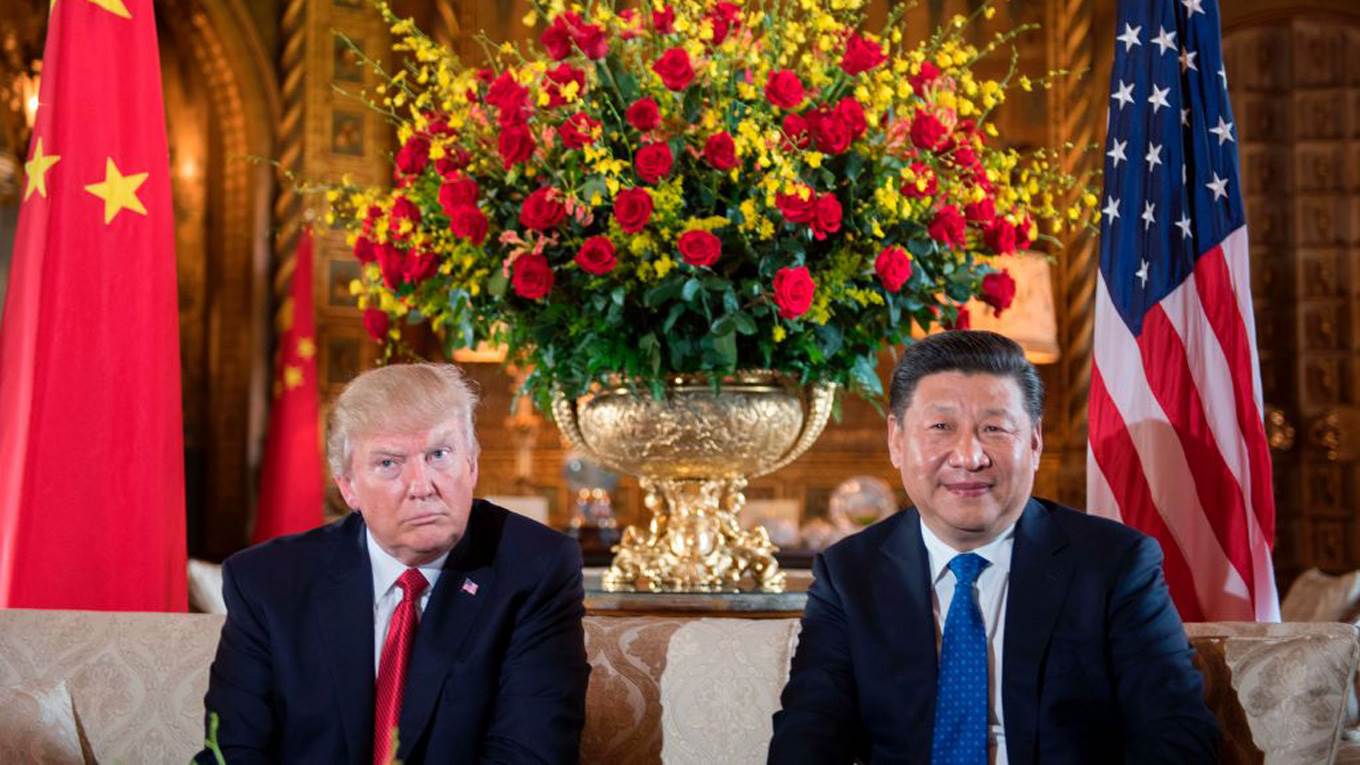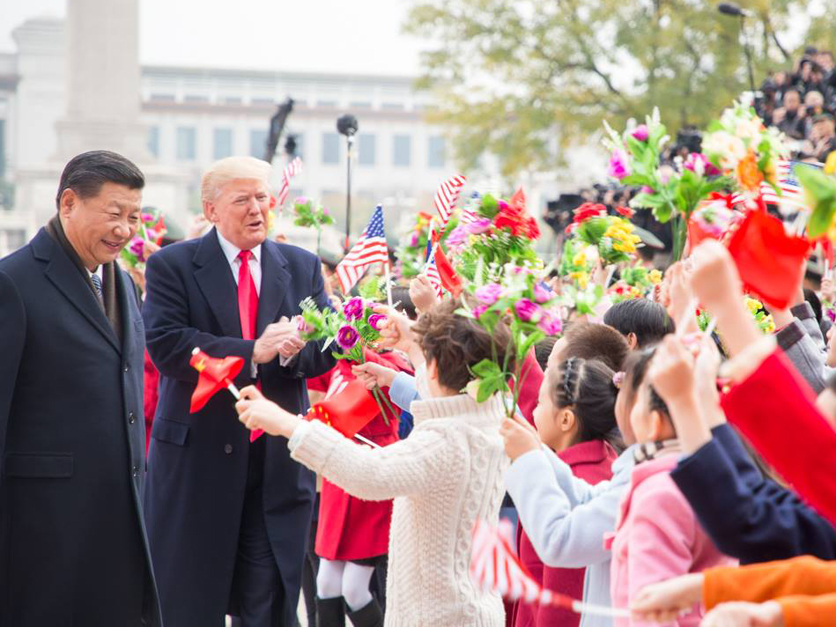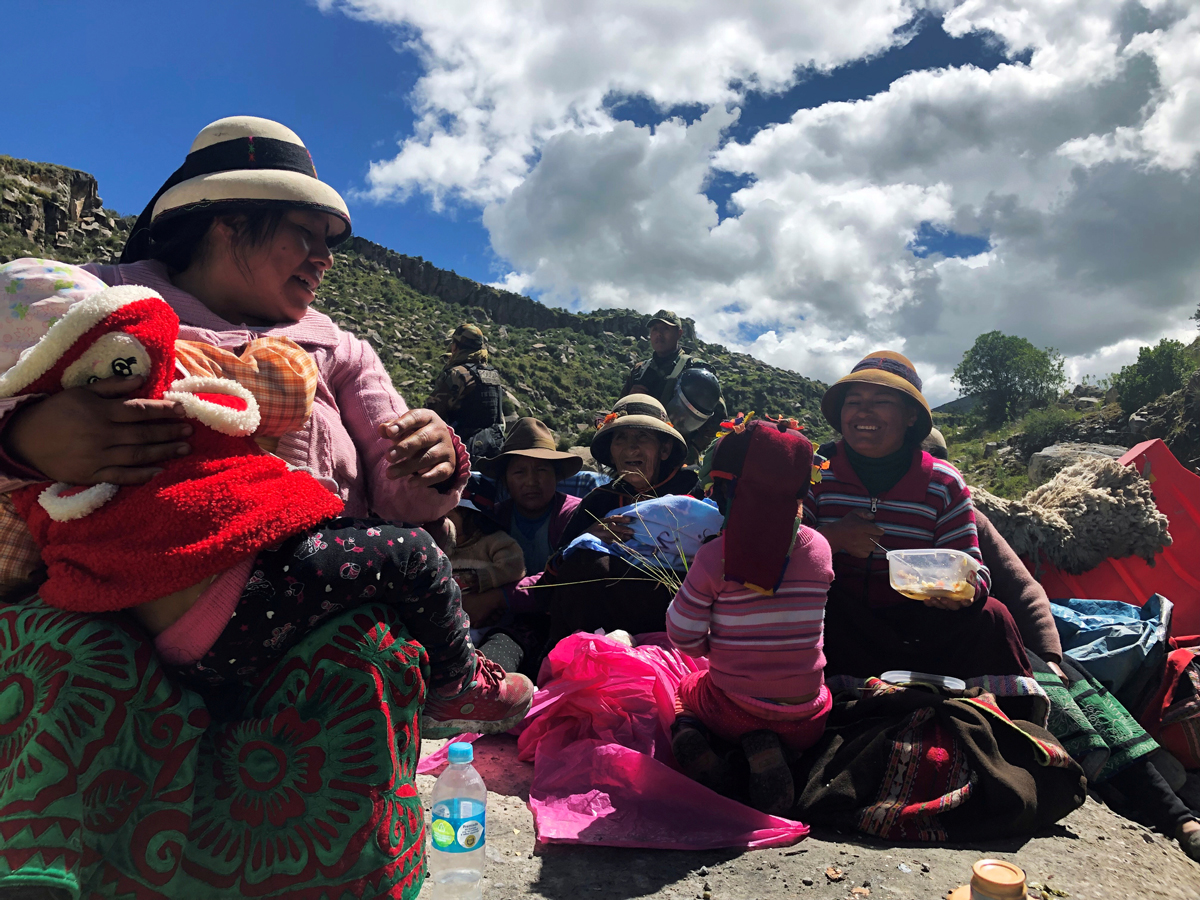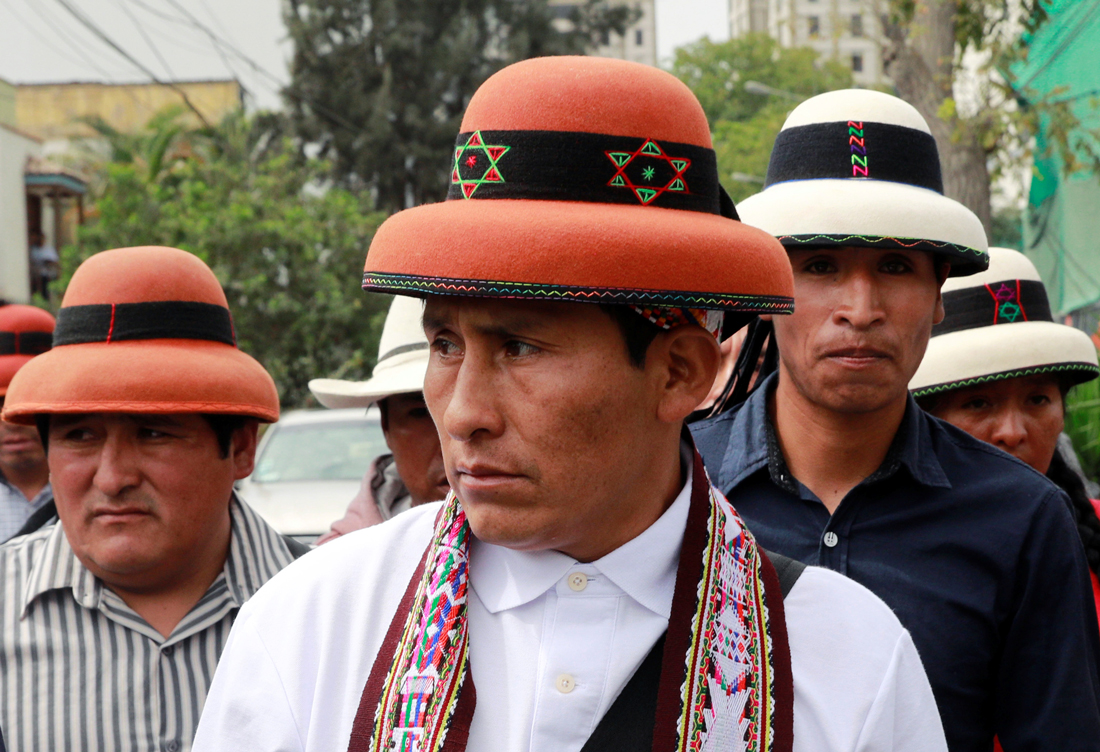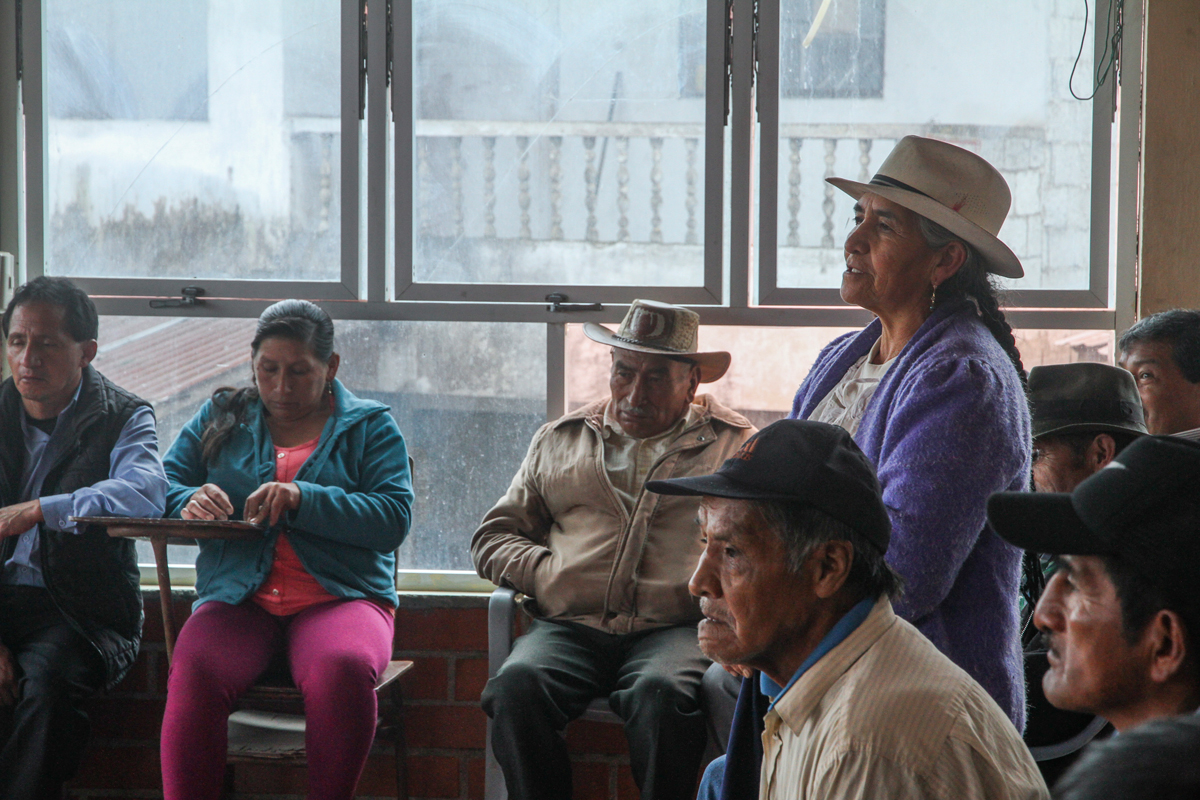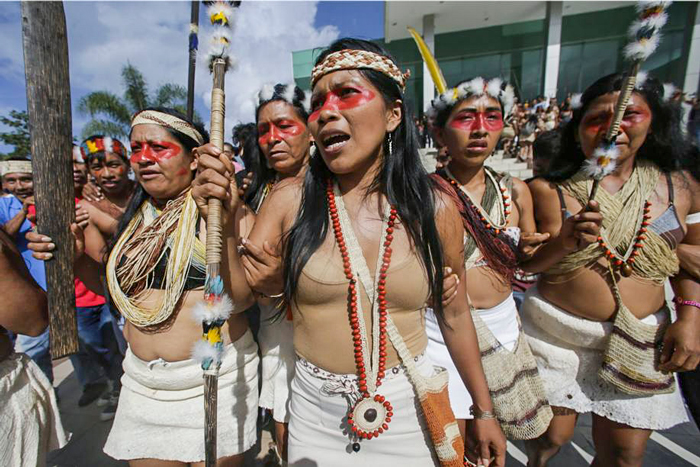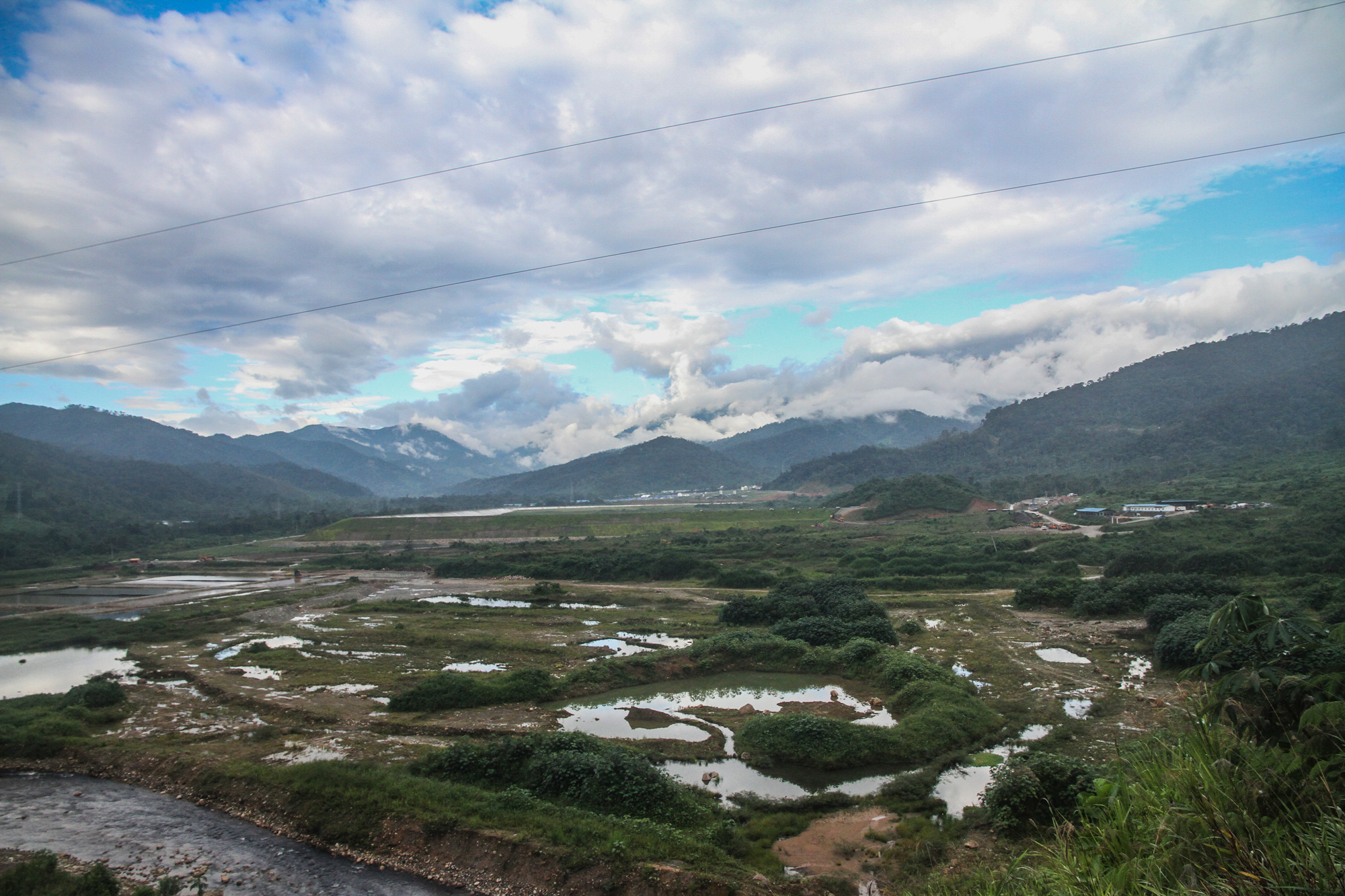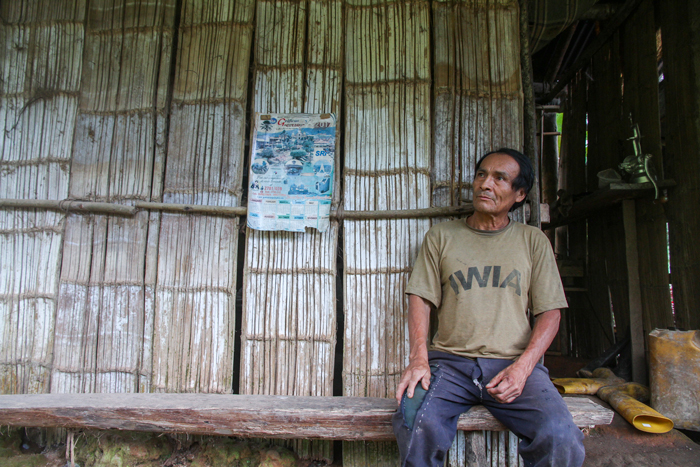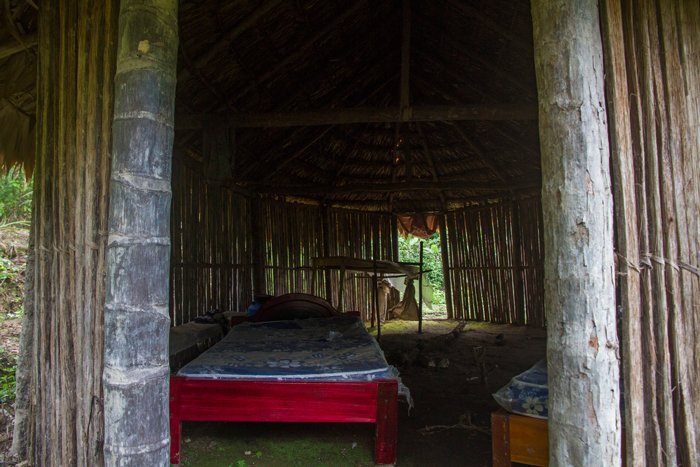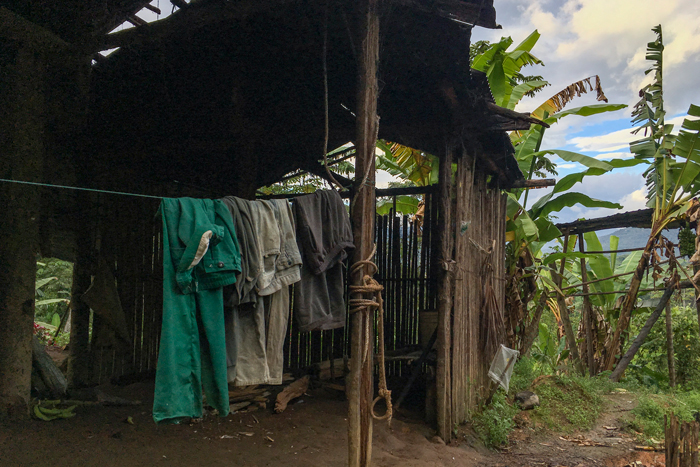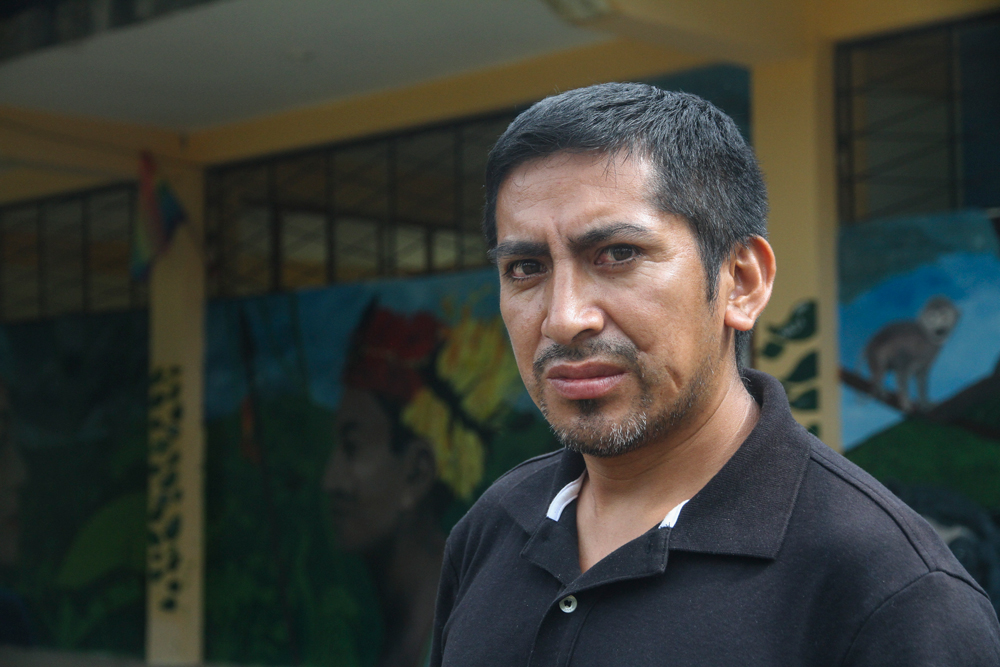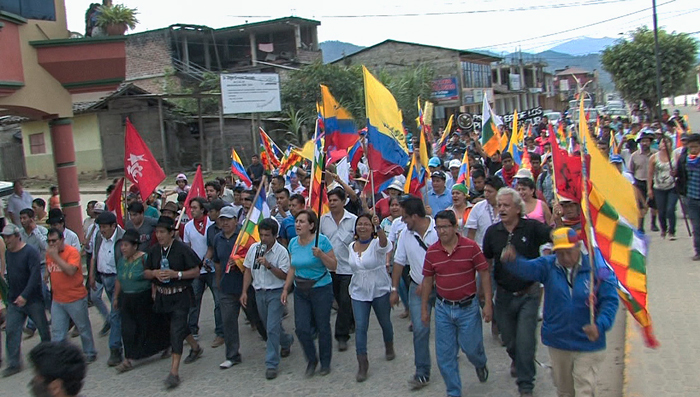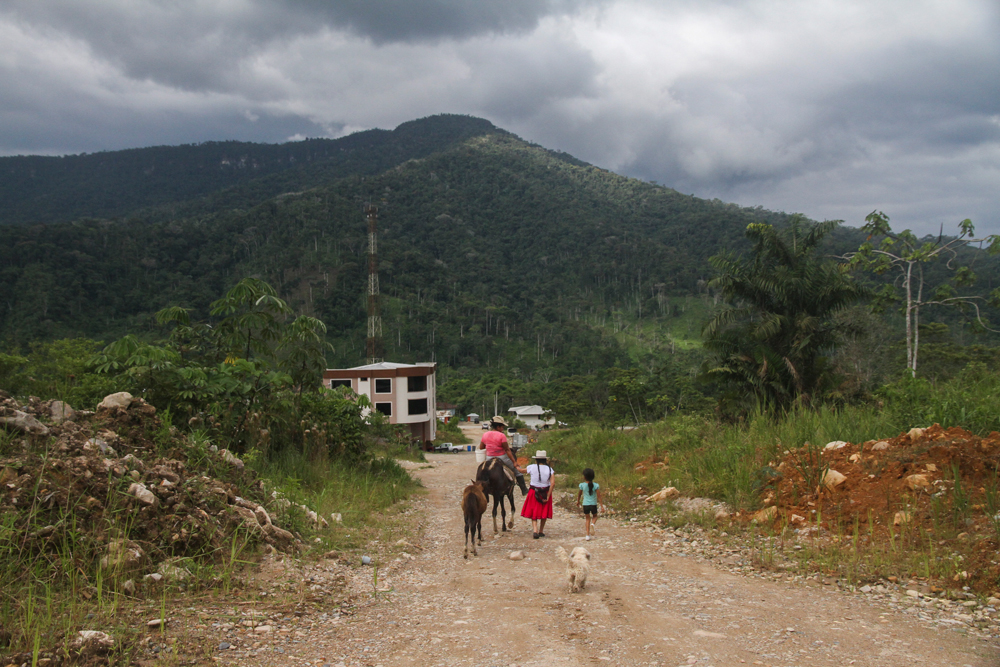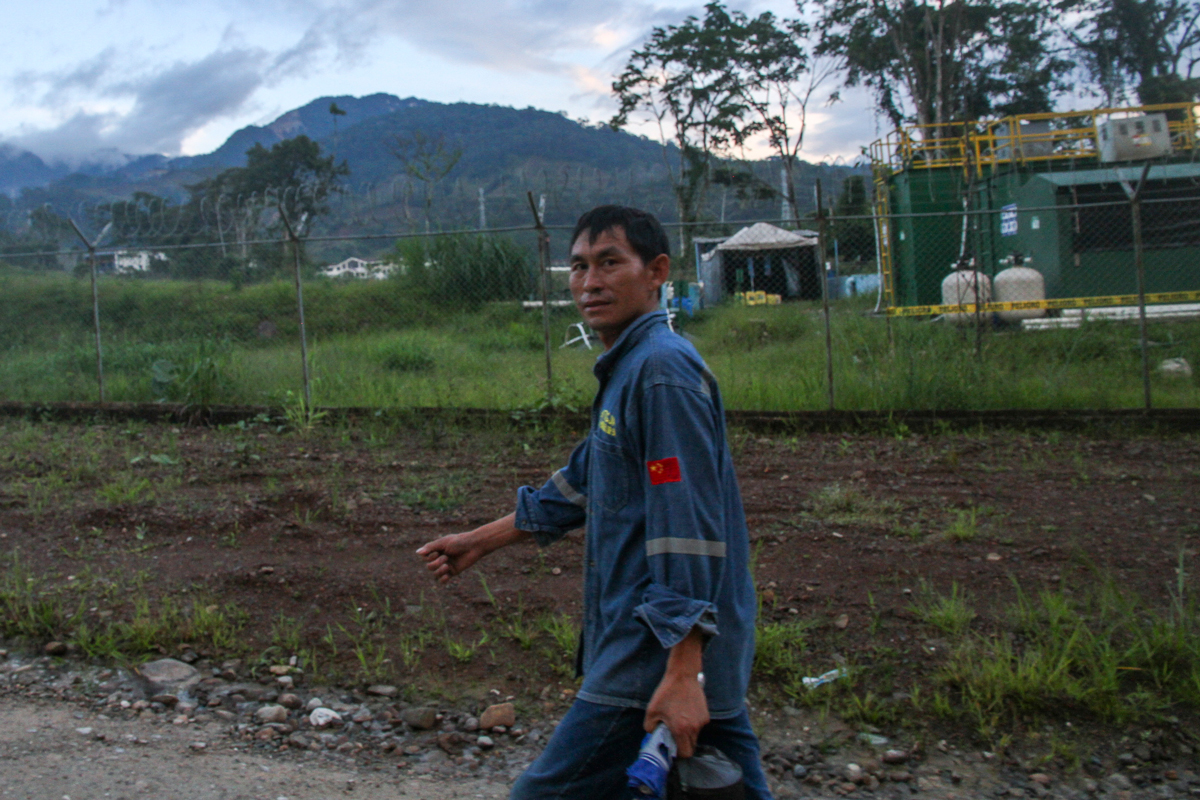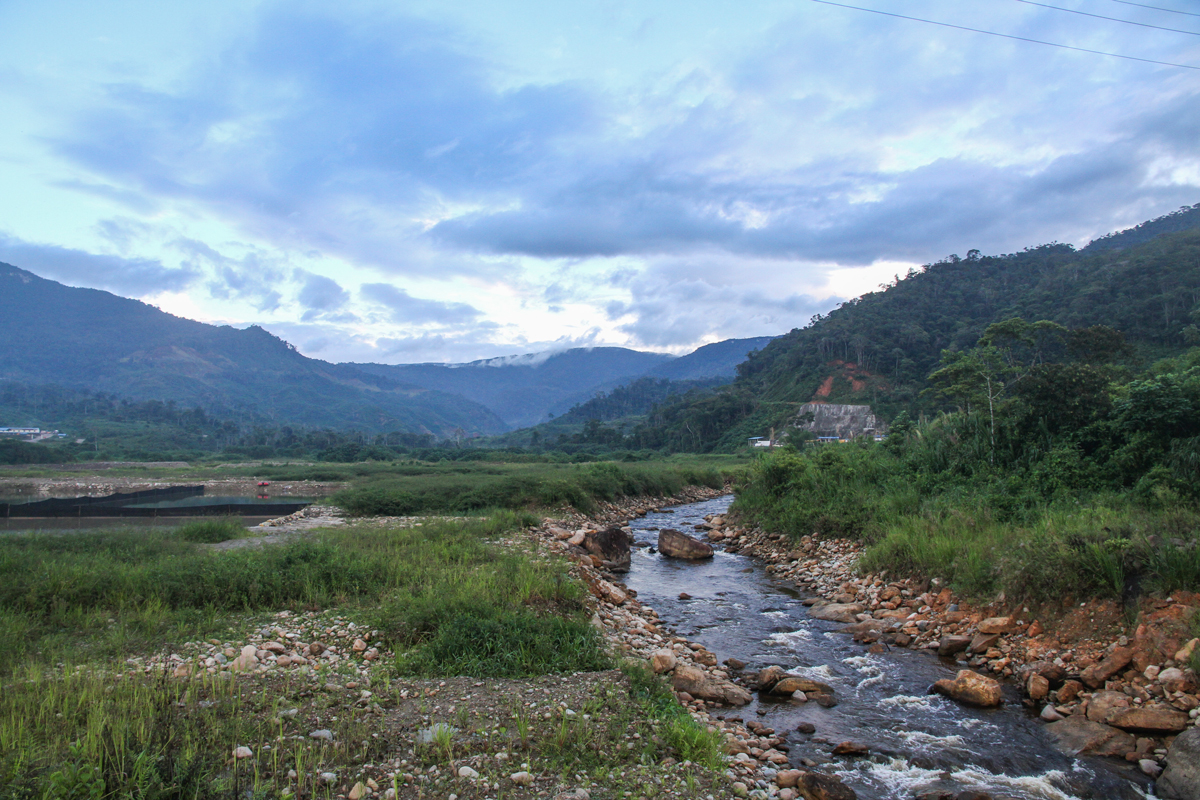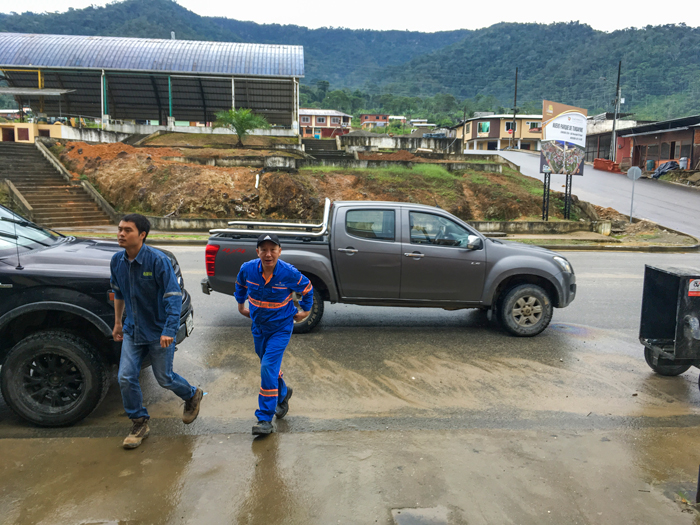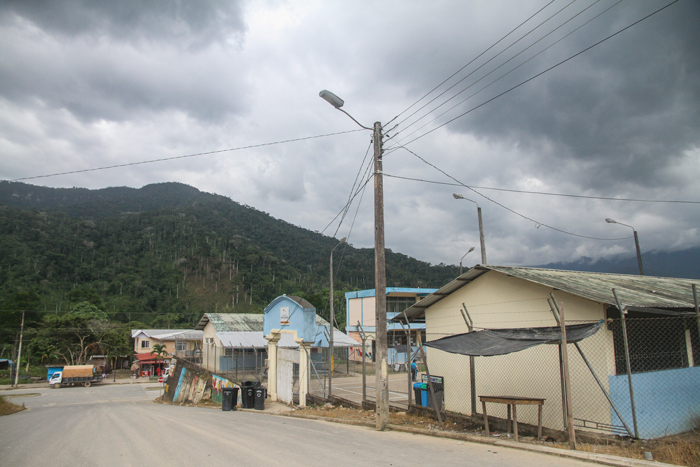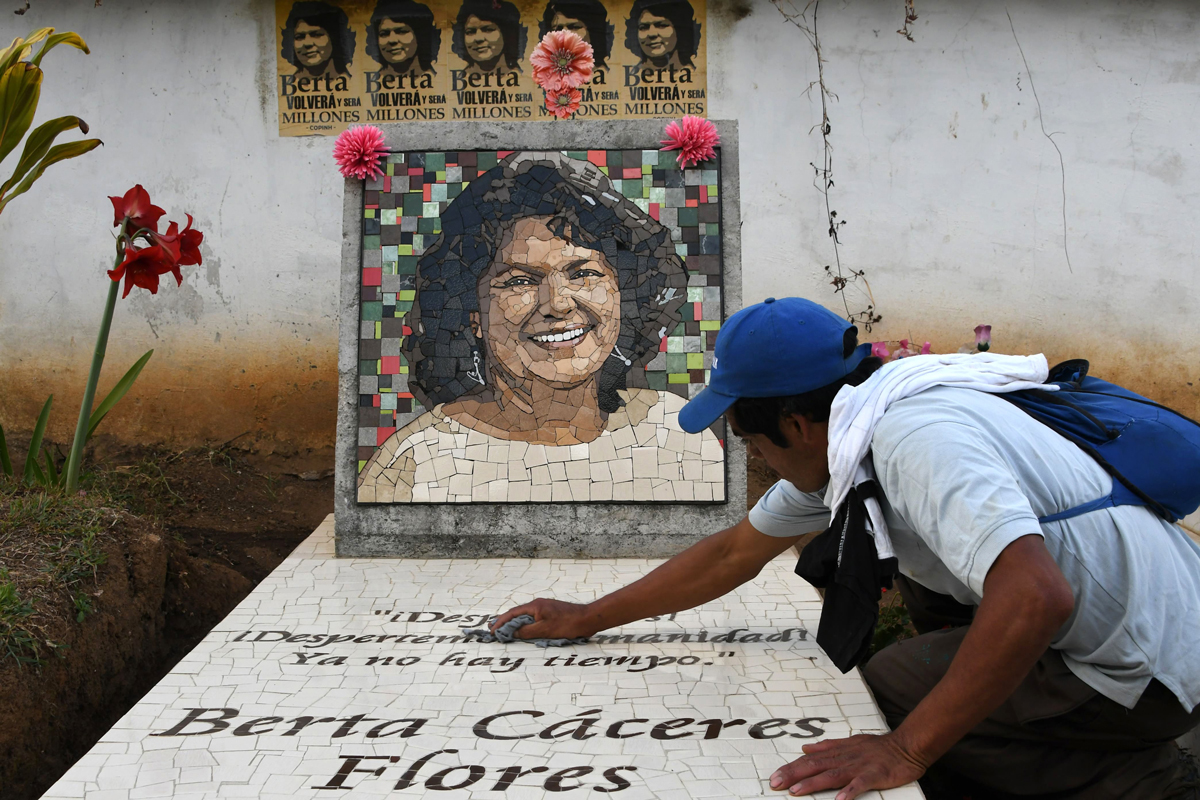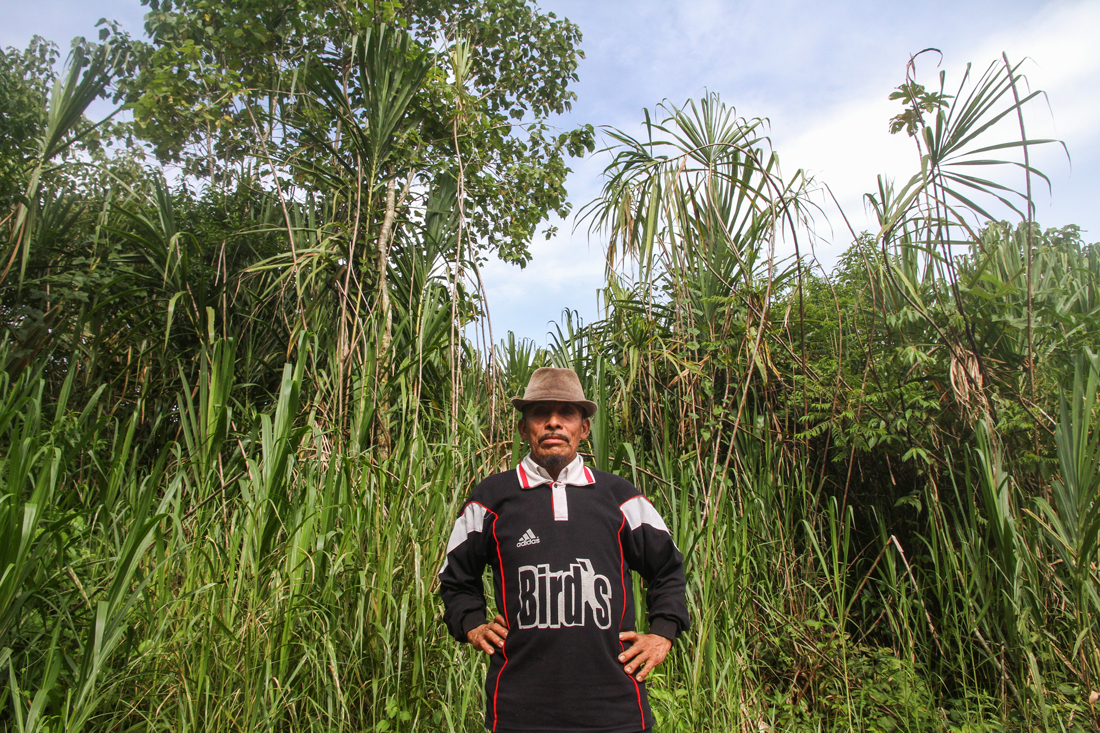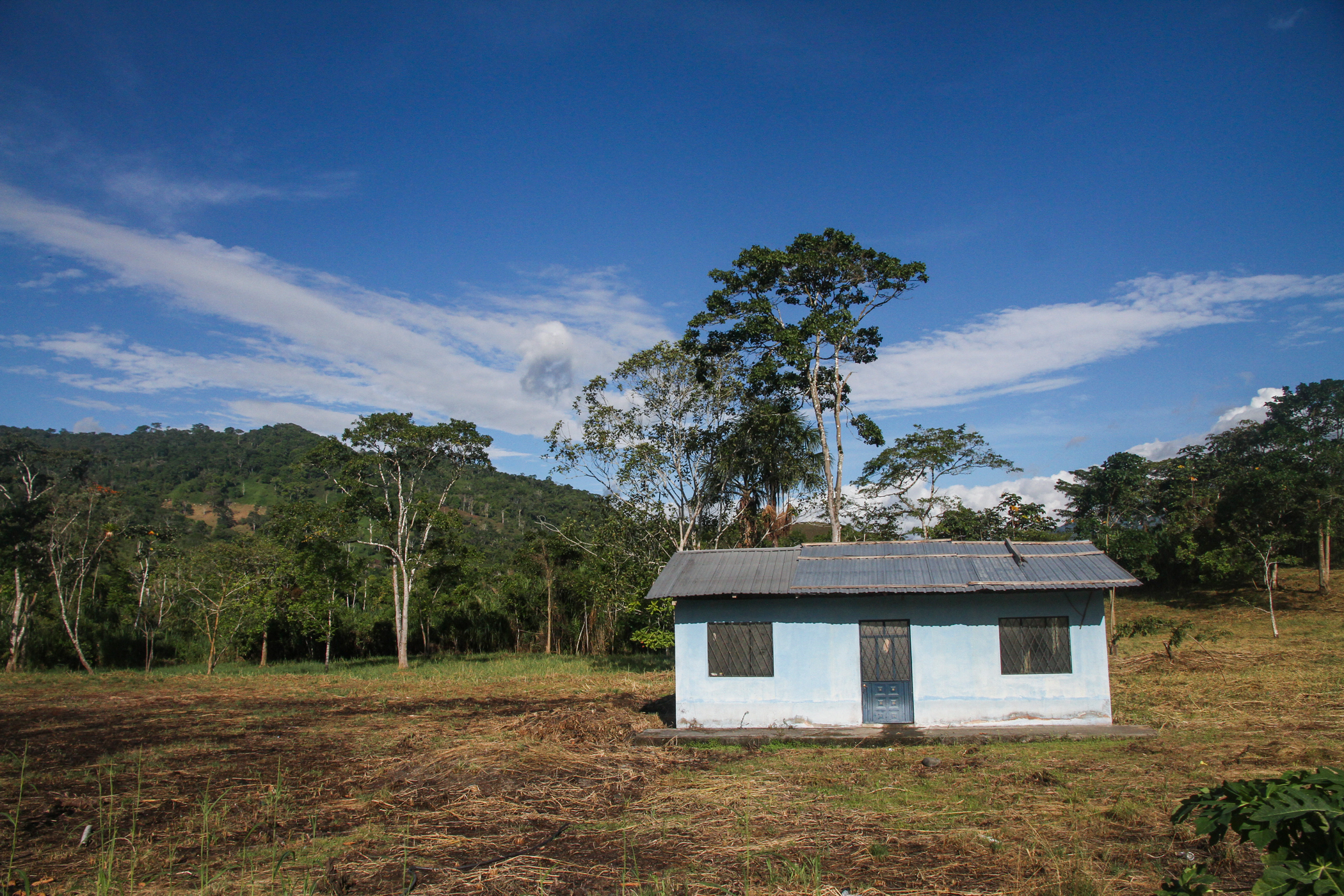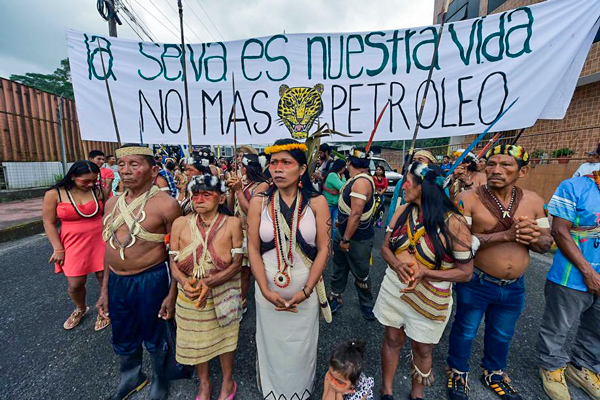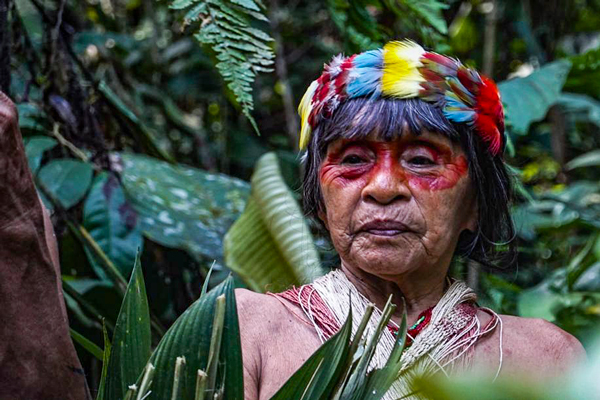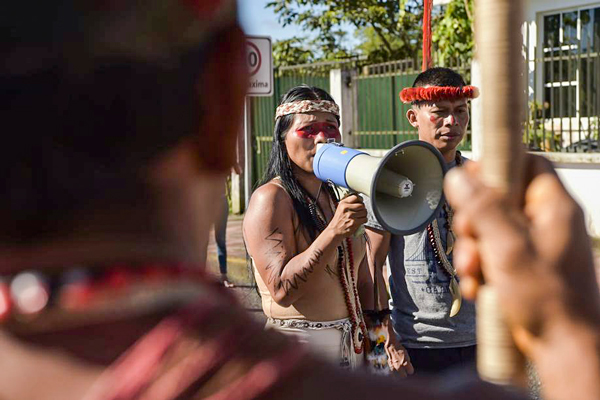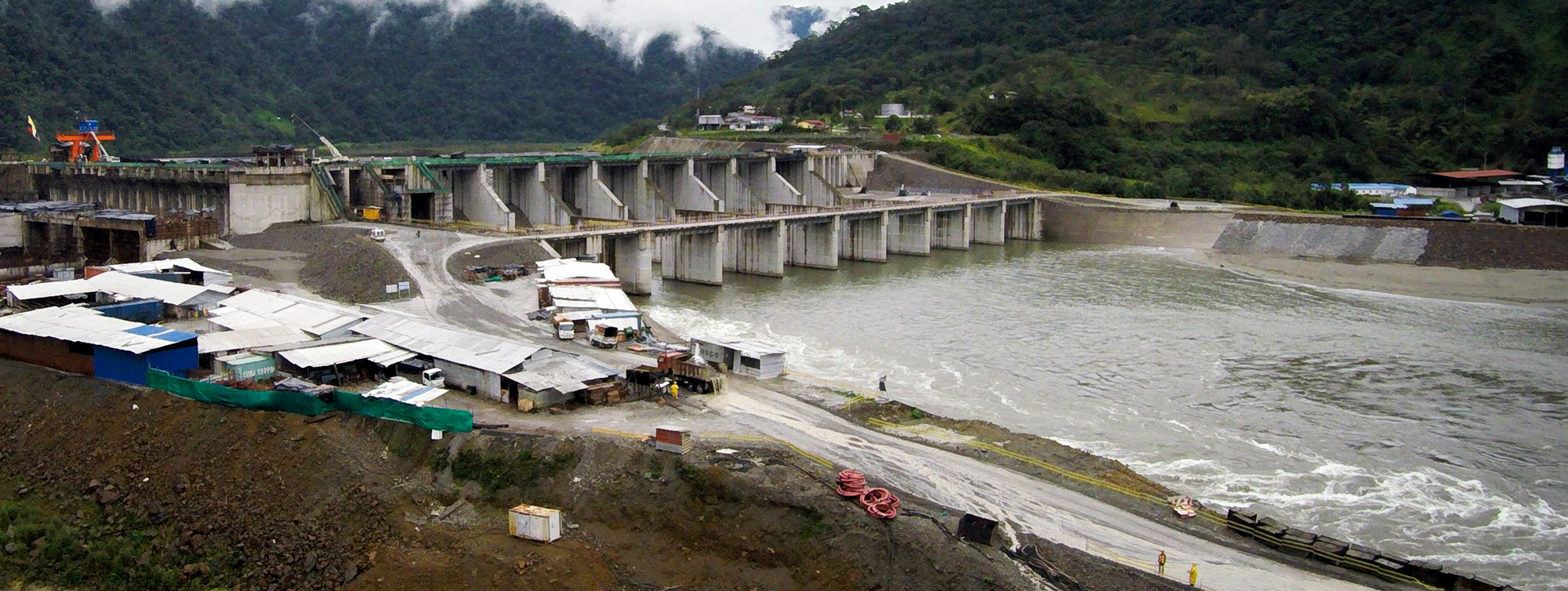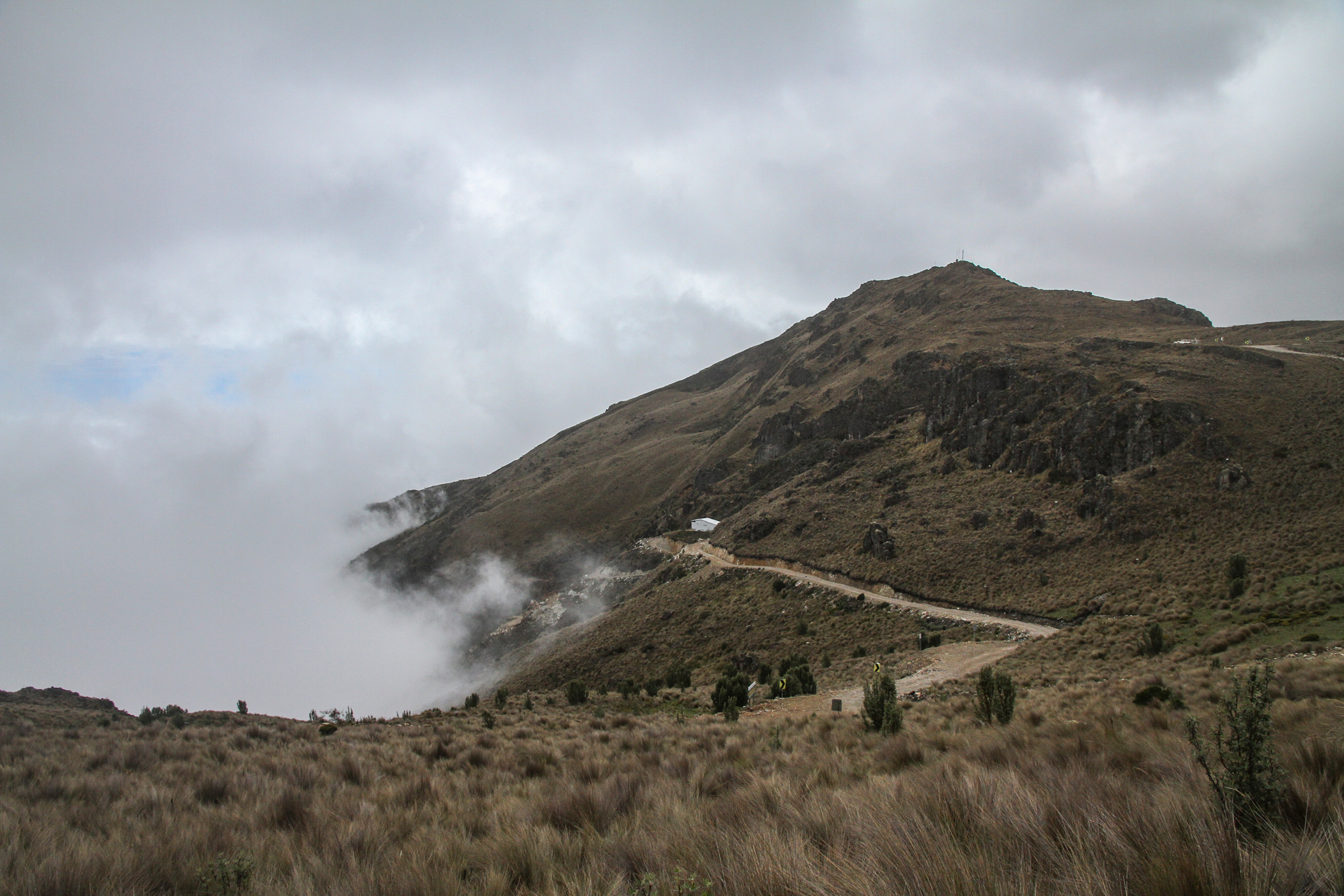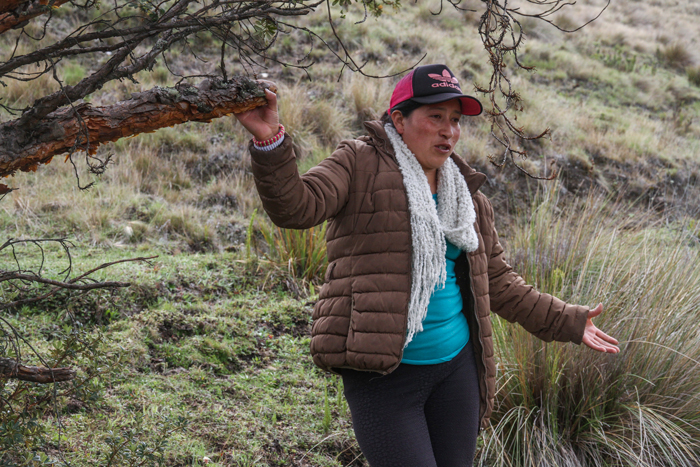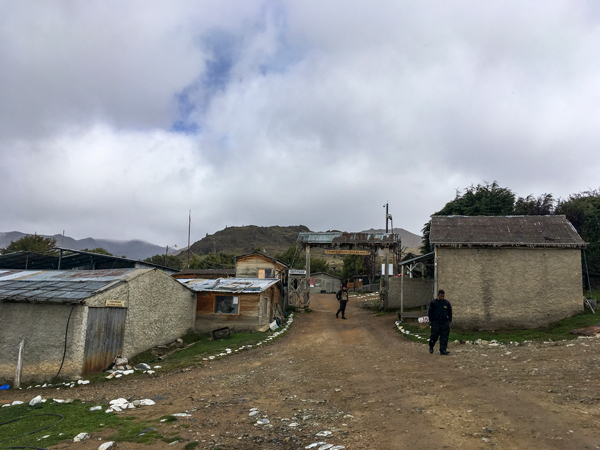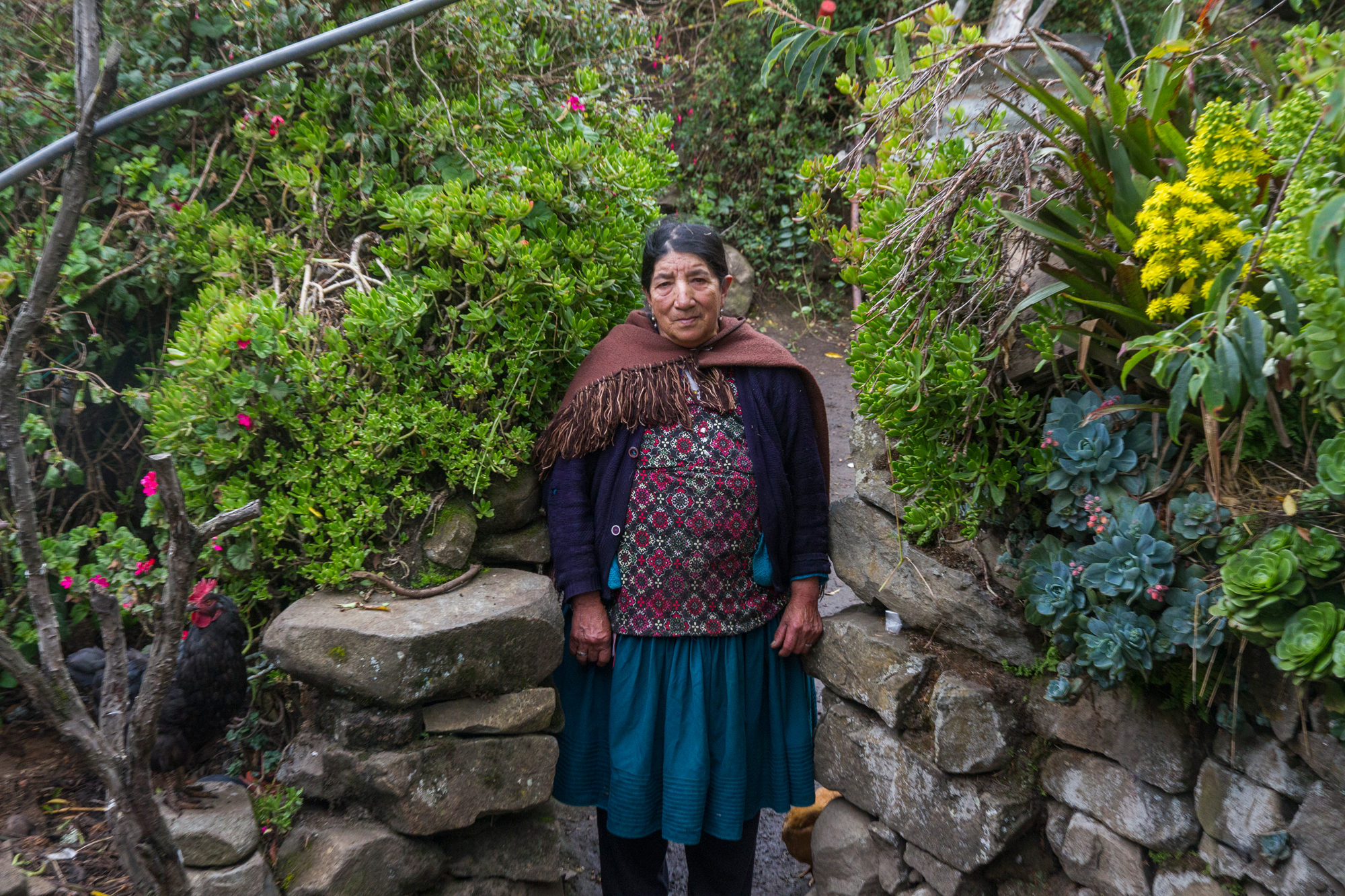The two should pull back a little and cut a deal. Escalating the trade war will bring bad news all around.
A trade deal where the tariffs simply stay in place is no trade deal at all.
On the other hand, China should give credible assurances on some much-needed reforms. These are reforms that it would want to carry out anyways. Some of the state-run companies in China are capital sinkholes. Reform would only add to China's competitiveness.
The US buying or not buying 5G equipment from Huawei is a decision any customer can make. But to go after Huawei's supply chain puts companies like Apple at grave risk. 5G will give Global South the infrastructure that will transform countries. The US better not mess that up.
A trade deal would be one where both countries agreed to pull back on all tariffs, take their hands off high-tech supply chains, and China commits to some major structural reforms to its economy, to be subjected to review every two years or so.
I am for talks in general. I supported the idea of Donald Trump meeting Kim of North Korea. I support the idea of Trump meeting the Iranian leader. On the idea of holding talks, I agree with Trump. Leaders should talk to each other in person instead of posturing and signaling through media.
If China offers to buy just a few more bags of soybeans, there will be no deal. If the US insists the tariffs must stay in place to ensure China delivers on its promises, there will be no deal.
Investors grow anxious over Trump-Xi G20 meeting US President Donald Trump and Chinese President Xi Jinping have downplayed the chances of a breakthrough in talks ..... Bond yields have already plummeted, stock prices have fallen and the Vix index of market volatility has risen as hopes of a quick end to the dispute have been dashed. Investors are now using derivatives markets to position themselves for further turbulence at the two-day summit......The increased investor caution comes as 10-year US Treasury yields plunged to their lowest level in 20 months on Wednesday as fears over slowing global growth have intensified after trade talks between the US and China broke up in acrimony this month, leading to an escalation of tariffs....... That encounter is at most expected to result in a new truce, setting the stage for a further round of negotiations. Mr Trump this week said the US was “not ready” for a deal at this stage....... the increased trading activity around the meeting could come both from investors seeking protection from a sharp downturn in stock prices ..... The Vix index — sometimes called Wall Street’s fear gauge .... The Vix level implied by prices of options expiring between June 28 and the following Friday currently stands at 17.6, compared with just 14.4 for the week after and 14.7 earlier in the month
A Political Economist on How China Sees Trump’s Trade War Authoritarian regimes, because they’re not elected, can, in theory, impose a great deal of hardship on their population without suffering political repercussions. ....... Both leaders see themselves as uniquely capable of reviving greatness in their respective countries. For Trump it may be partly rhetoric and partly politics, but, I think for Xi Jinping, also partly politics—he needed to innovate a new ideology that was very different from his predecessors’ ideologies, so he picked national greatness. ....... clearly Xi Jinping would like China to continue on this trajectory of economic growth ..... of course, in the official media they’re beginning to try to portray this scenario where China is going to suffer economic hardship to fight this war with the U.S. I just don’t believe it. I think it’s propaganda. ........ China suffers from a deficit of true expertise about the U.S. ....... The problem faced by Xi is the same one that is faced by Trump, which is that they’re not economic experts. ...... If one is given great advantages in various commercial deals, it’s not difficult to get rich...... the concentration camps in Xinjiang really have inaugurated a new era for Chinese repression of its population. And, indeed, we have not seen such a large-scale mass internment since the Mao period, when Mao put millions of Chinese Communist Party members in labor camps and reëducation camps. This is targeted toward a particular ethnic group...... In Xinjiang, there were no active insurgencies; there were isolated terrorist incidents. I don’t know why the leadership approved such an unnecessary step..... there is some kind of information asymmetry. You have these interest groups within the government—high terrorism officials, officials in Xinjiang—who gain enormously from these very extreme measures, because it costs billions and billions of dollars to build up these camps. Somebody got these contracts.
Trump says he will meet China's Xi at G20 next month US president also says he'll meet Russia's Putin, but Kremlin says no such arrangements have been made so far...... "China hopes the US will get back to the right track of bilateral trade and economic consultations and meet with China halfway." ...... The prospect that the US and China were spiralling into a no-holds-barred dispute that could derail the global economy has rattled investors and led to a sharp selloff on equities markets in the past week.



